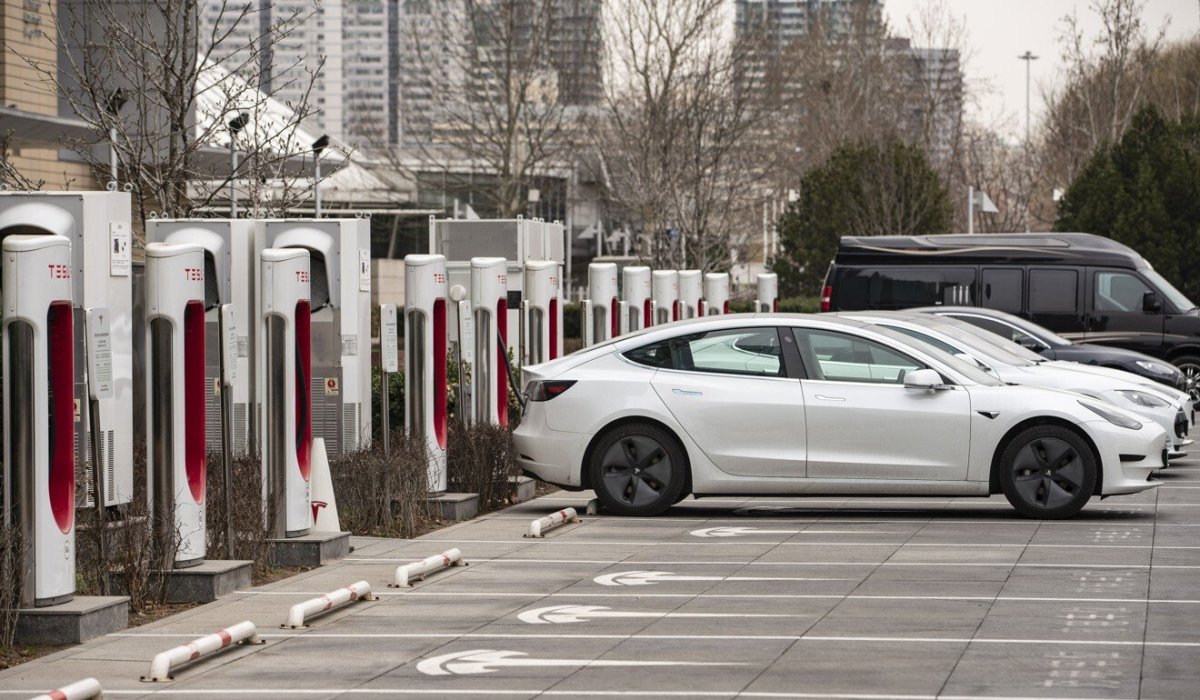Soaring gas prices and rising inflation have pushed many consumers to reconsider buying an electric vehicle.
But for many, knowing where to start is almost as hard as understanding how they work.
Recent data shows that interest in owning EVs has skyrocketed 70% since January, putting buyers in a tricky situation for actually finding what they want.
Couple that with prices that have leapt 25% year-over-year and many would-be owners have found themselves stymied. Even cheaper, used models like a Ford Focus a few years old are selling for close to the original selling price.
“EV interest and online shopping have certainly ticked up in the recent past due to high gas prices,” Lisa Whalen, automotive and mobility analyst at data intelligence company Morning Consult, said.
“But this demand hasn’t translated into concrete increases in sales due to the low availability of EVs as well as high sticker prices that prohibit many consumers from purchasing despite interest.”
Despite all of that, more consumers than ever have been driving home EVs. That choice has now introduced them to a world hitherto unknown to them, like where the local charging stations are and whether they should call an electrician or join a dealer network.
They also quickly become acquainted with “range anxiety,” the feeling of worry all EV drivers have that they will run out of power before reaching a charging station, at home or otherwise.
How Do You Find a Charging Station?Depending on where you live, finding the right charging station for your new electric vehicle can either be simple or infuriating.
The simplest possible way to do it is to charge your car into the outlet that runs your electric dryer next to your washing machine.
That approach usually takes an overnight charge to completely re-power, but for drivers who aren’t in a huge hurry to get somewhere, it is often the easiest answer.
The next possibility is searching for charging stations throughout your town or sometimes even county.
Many electric utility companies offer free charging at their buildings, but most of the time a driver will need to look online or via their phone for the locations of the closest charging port. The majority of those cost a small fee to recharge.
Scroll to Continue
“While there are several public charging stations that are free, they are often scattered and not conveniently located for consistent charging access,” Whalen said.
“Many charging stations charge a fee. In the future, we see more gas stations transforming their business models to offer charging stations and, as they know that the resulting retail transactions make up their bread and butter, they are likely to offer cheaper charging to lure customers into their shops.”
Here’s where it can get infuriating.
Because the electric vehicle market is still under 5% of total cars sold in the U.S., finding a charging station that is close by and fits your car’s charger can be daunting.
Ford’s (F) – Get Ford Motor Company Report chargers don’t match with Tesla’s (TSLA) – Get Tesla Inc Report, and the same goes for several other models of all-electric cars. That means that sometimes drivers use the very last bit of power to get to a charging station, only to find it does not fit their car.
“Having specialized chargers can help manufacturers differentiate their EV products, but when chargers aren’t universal, this becomes yet another barrier to garnering sufficient consumer interest along with range anxiety, price, and lack of selection,” Whalen said.
Consider Where You LiveThe main thing to think about when you buy an EV — beyond its obvious environmental impact — is whether you live in an area that has the infrastructure to support an electric vehicle.
Local governments make the decision to invest in and add charging stations based on local demographic data. So if you see EVs out and about in your neighborhood, there is a good chance there is a network of charging stations to support them.
“With location data, governments can review total foot traffic in any census tract they wish to see how busy the neighborhood is,” Elena Solodow, manager of content and insights for Unacast, said.
“They can also select any custom location they want to review traffic,” she said. “If they’re interested in installing a charge point in a neighborhood shopping center, they can review total traffic in the center’s parking lot to predict usage of a charge point.”
Be Active About Using Your EV to Bring More StationsLocal governments are also likely to add more charging stations and in more convenient places the more they know about the area’s need for them.
“Location data also been able to derive migration patterns that would tell a government entity how many people have moved into and out of an area and their associated income,” Solodow said.
“While we don’t have data on exactly how many of those individuals would be EV owners, understanding income flow into a neighborhood is important for building a profile of a neighborhood and how likely those newcomers will be to purchase and utilize EV charge points,” she said.
“Public record data on EV registration in the area can be combined with total neighborhood activity to make those predictions as well on likelihood of future EV need.”
